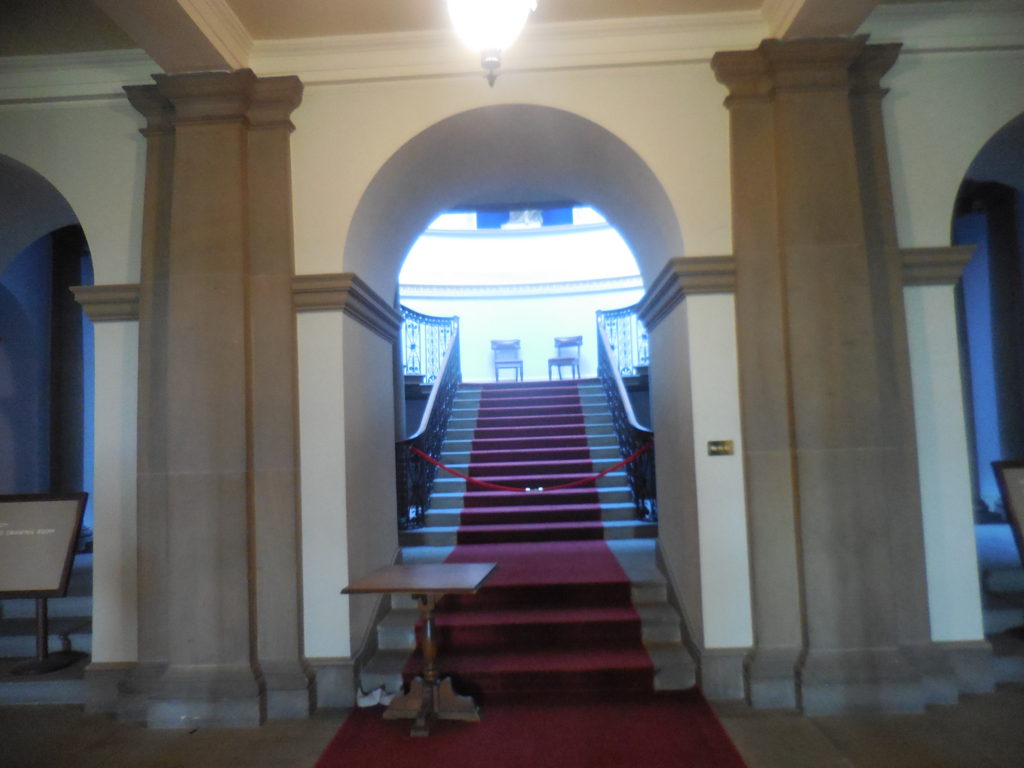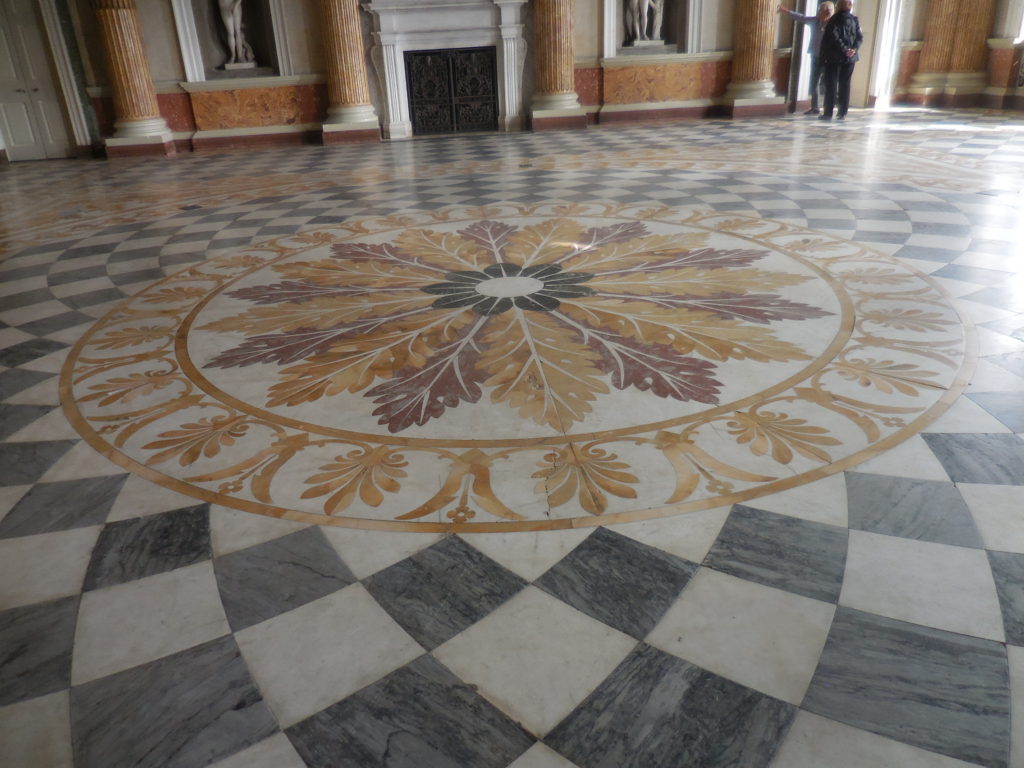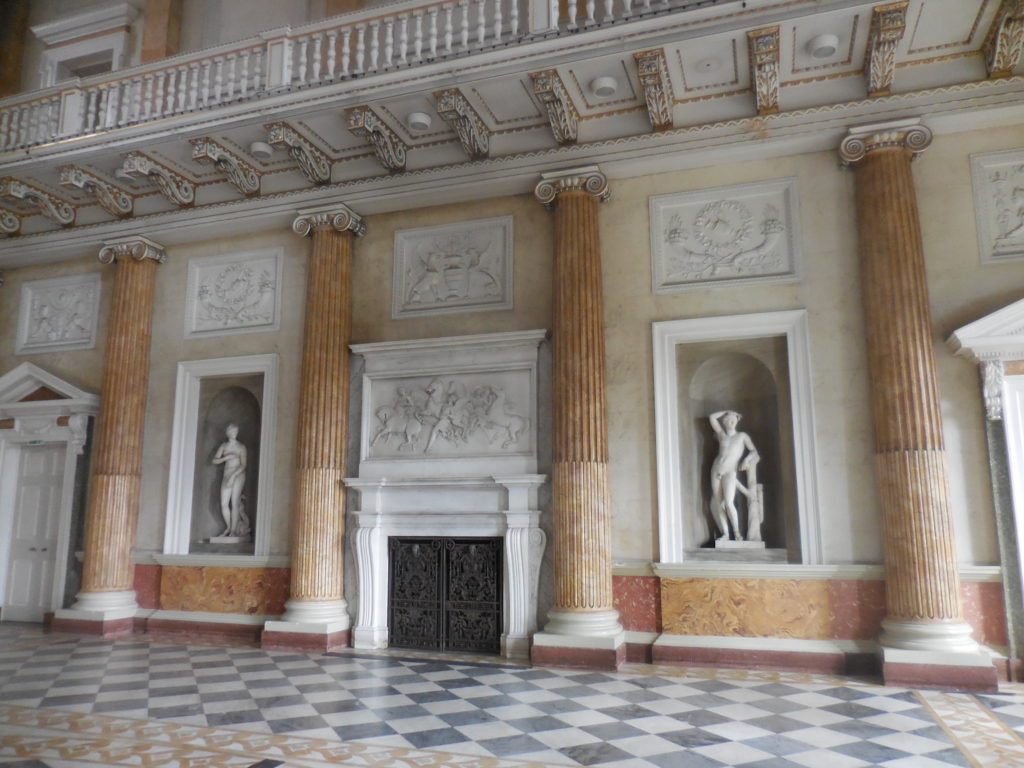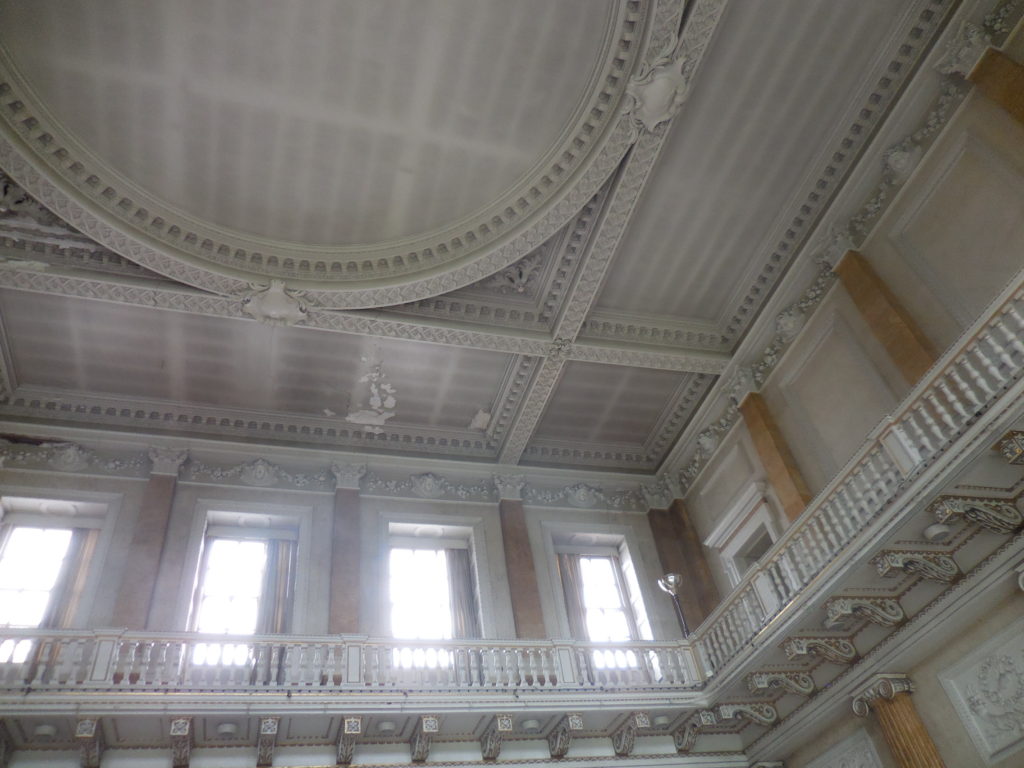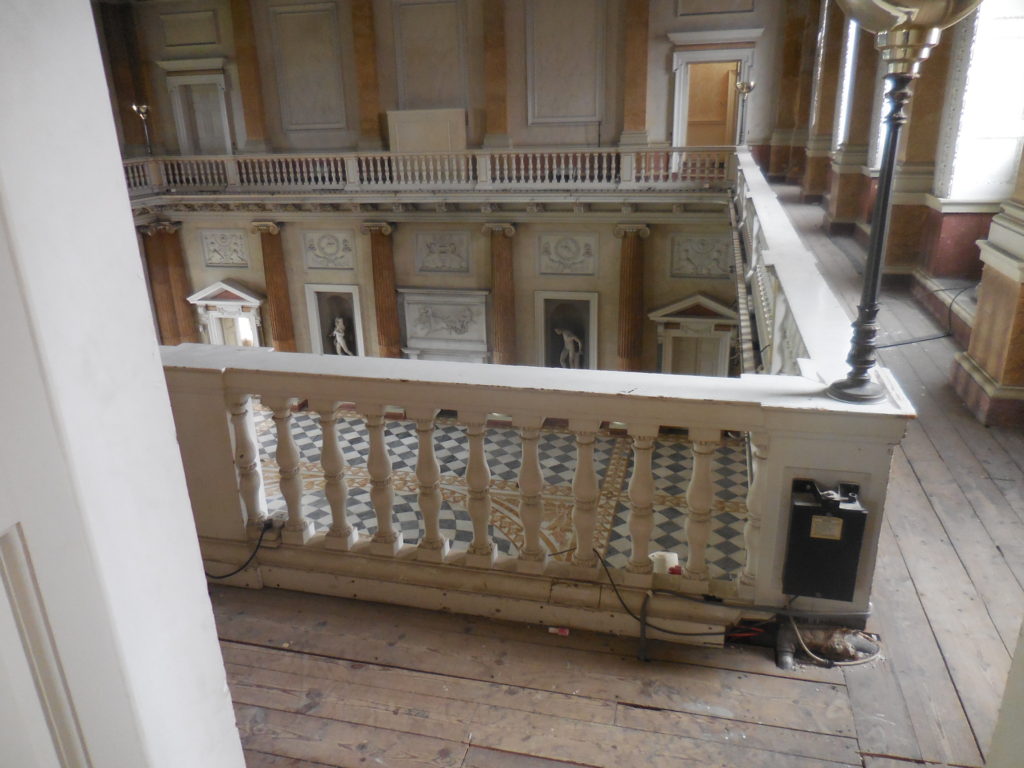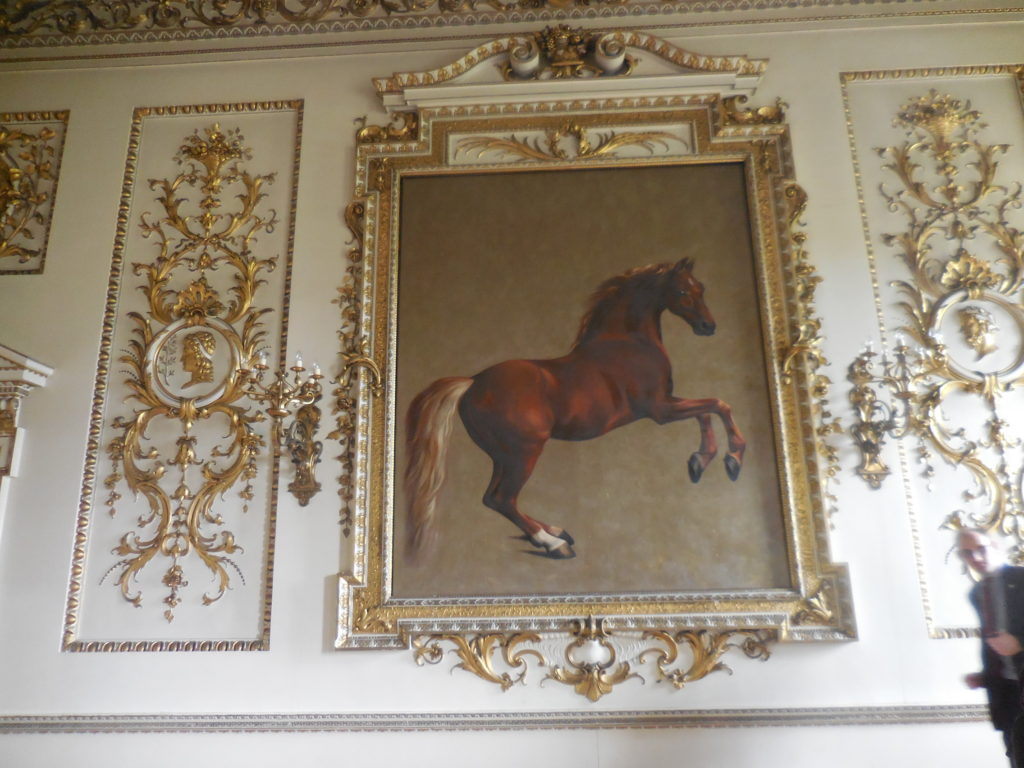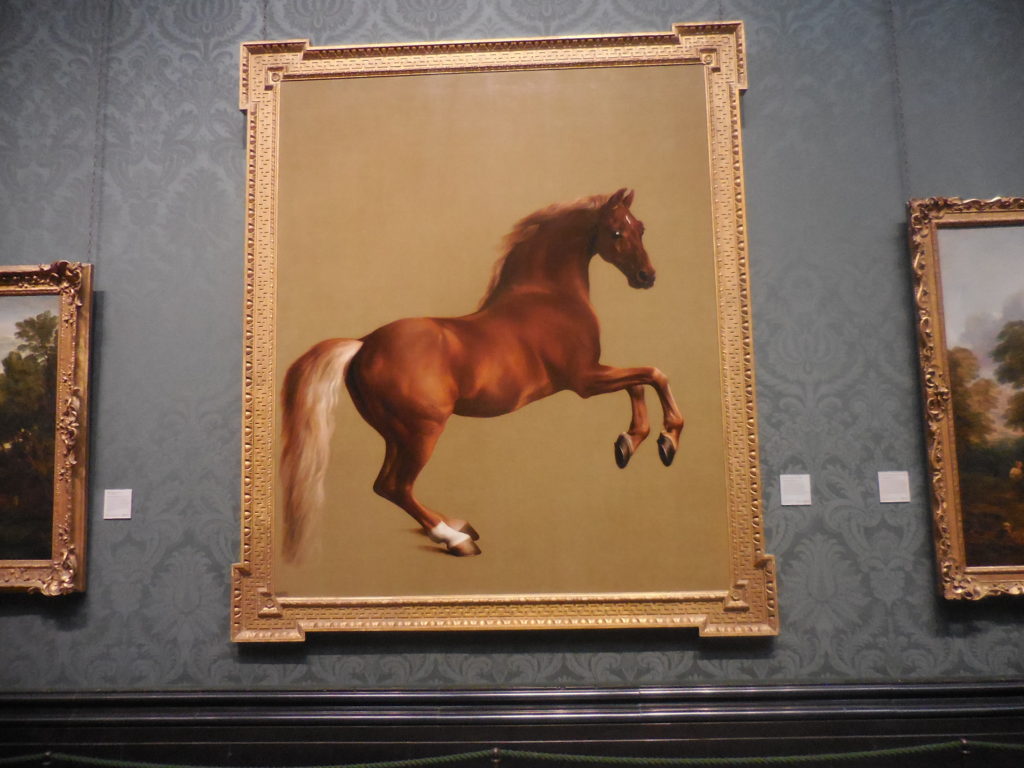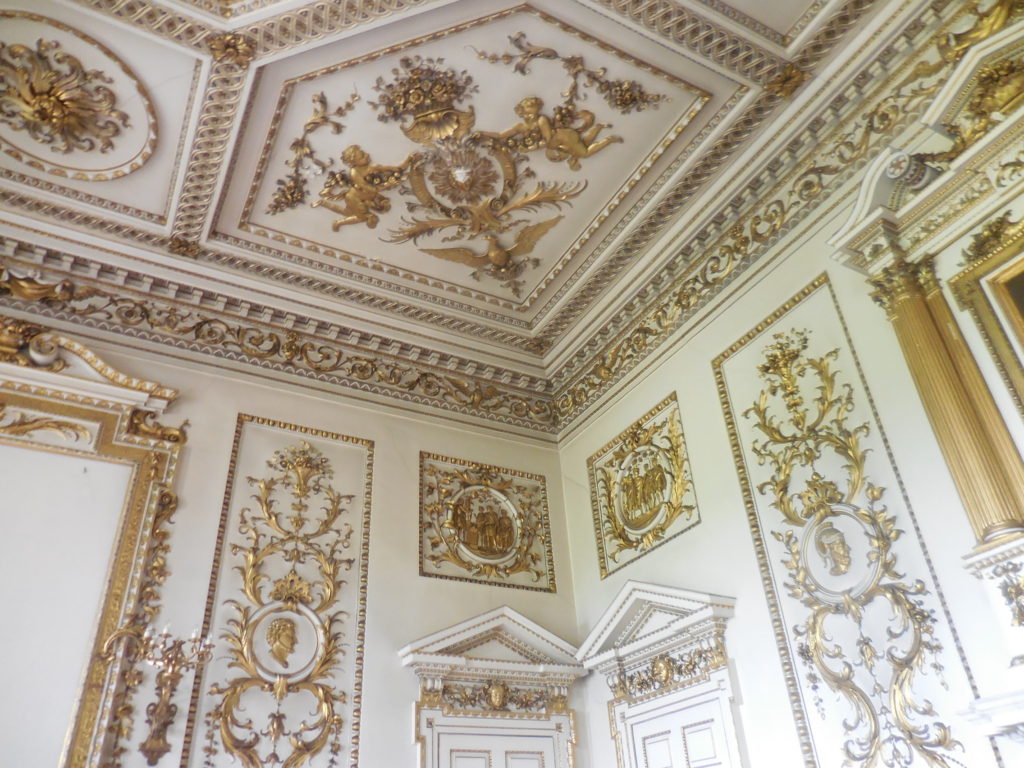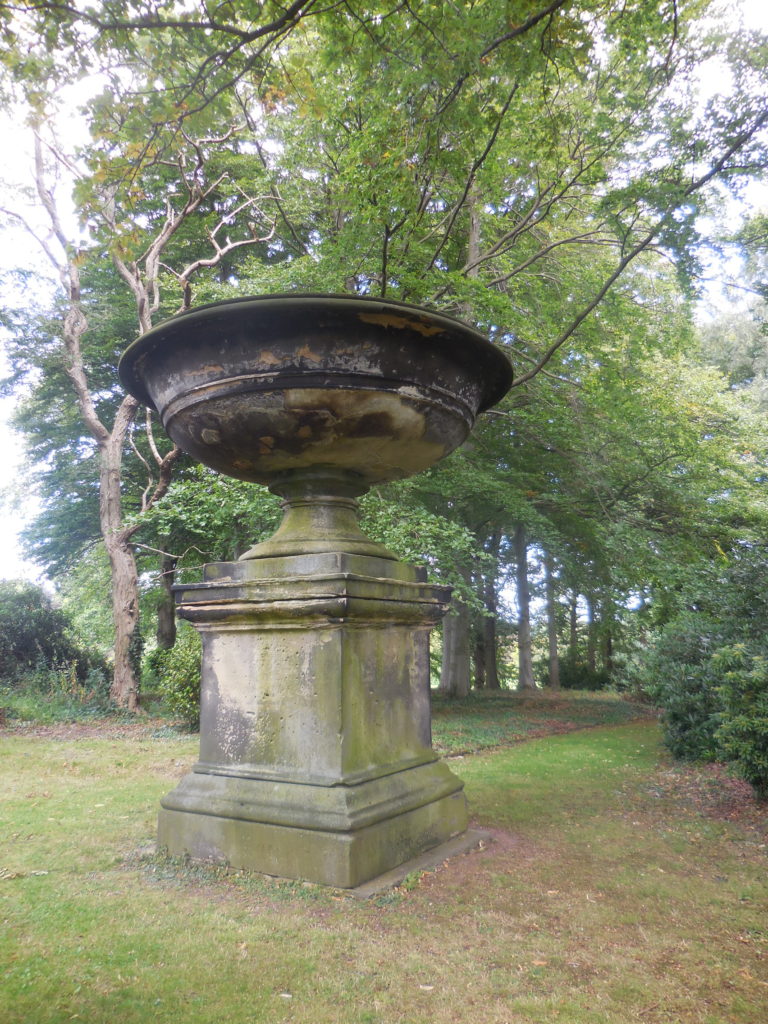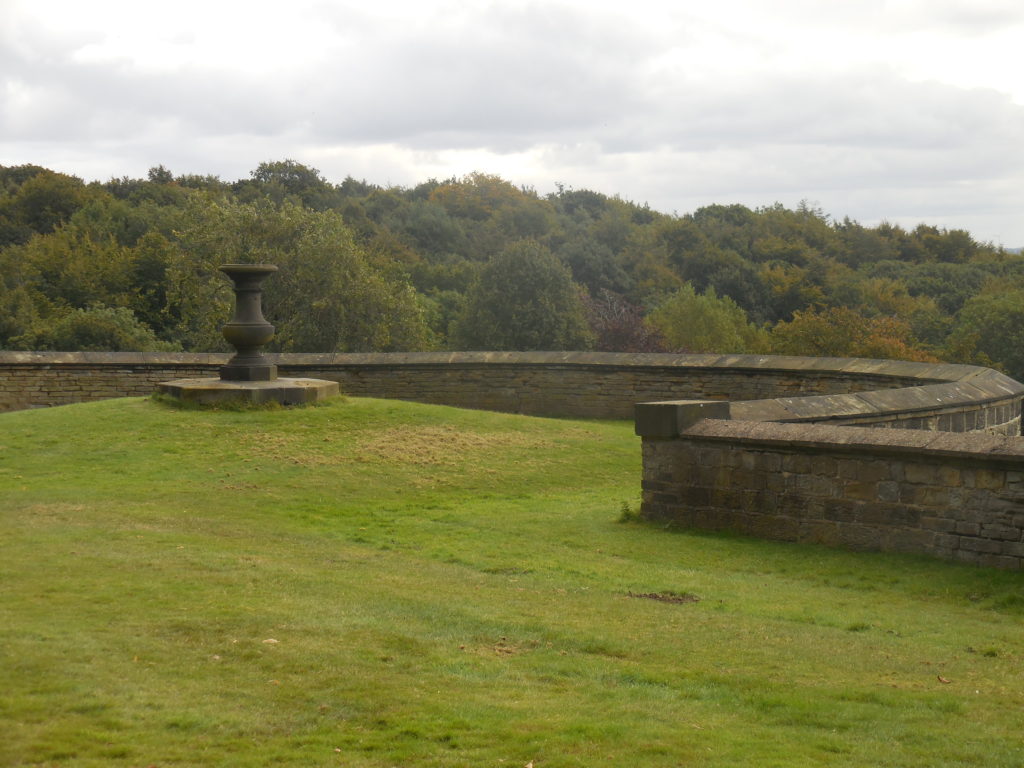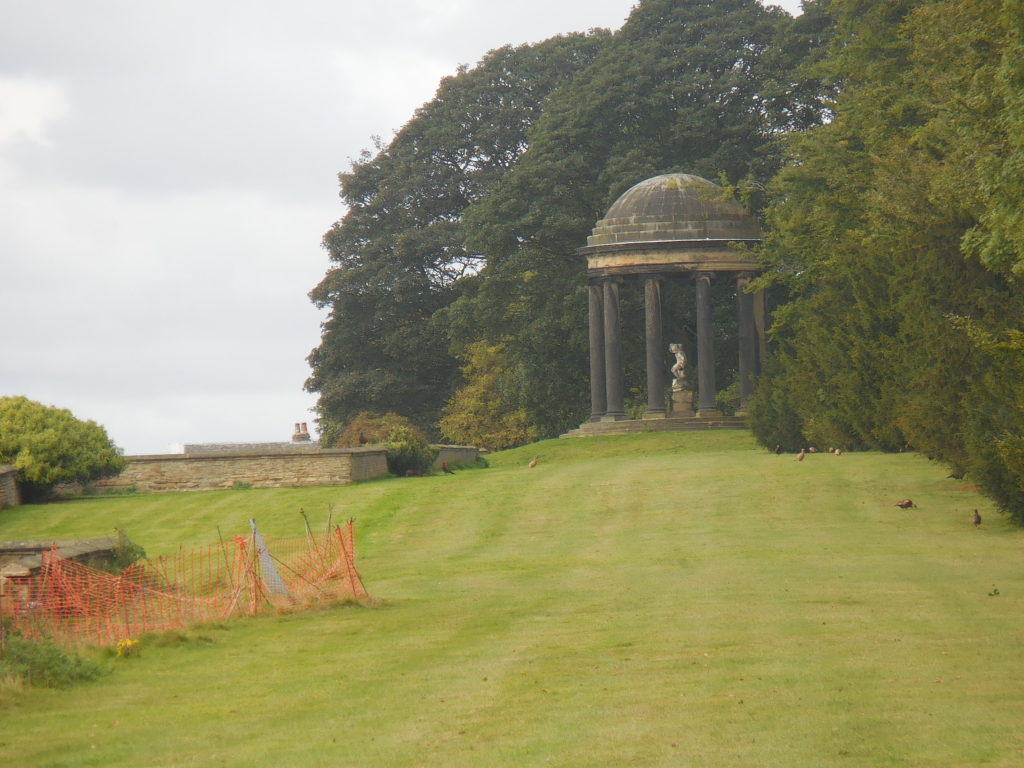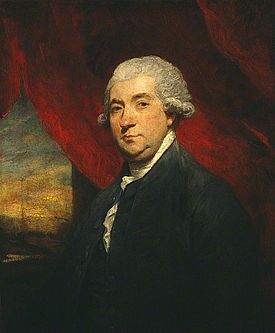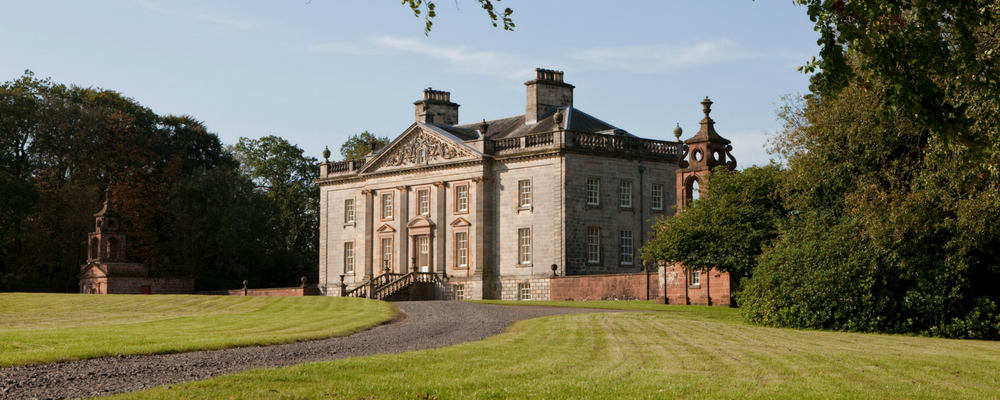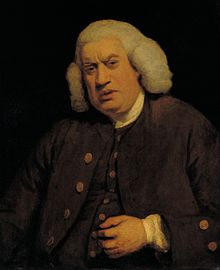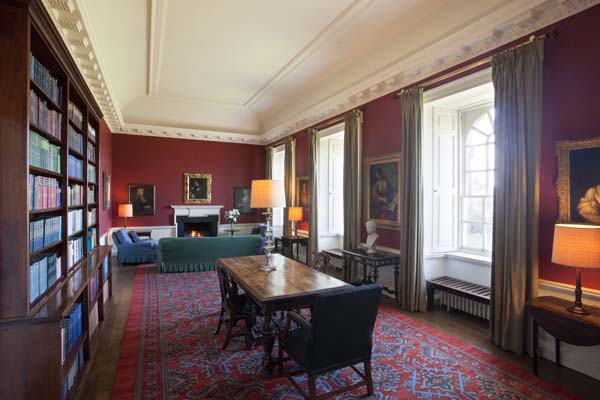by Victoria Hinshaw
What is more magnificent than Chatsworth House? How about a fashion exhibition of clothing shown in the very rooms in which they were worn?
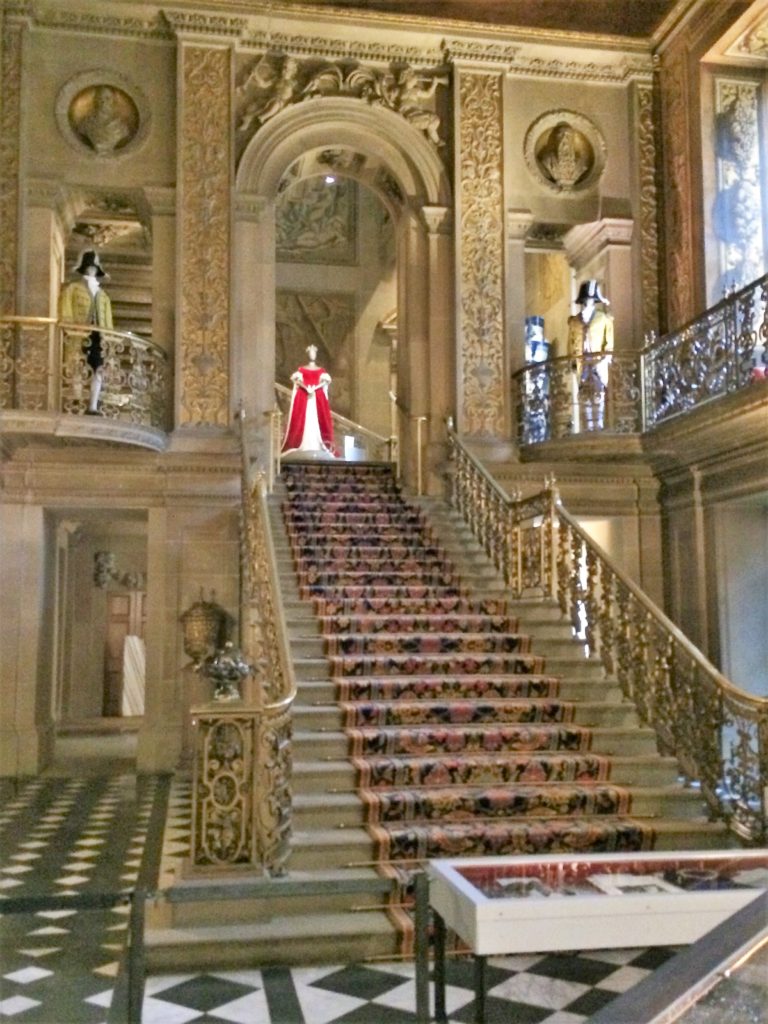
The exhibition House Style: Five Centuries of Fashion at Chatsworth was on show and we felt really fortunate to see all these wonderful garments long stored away, in most cases.
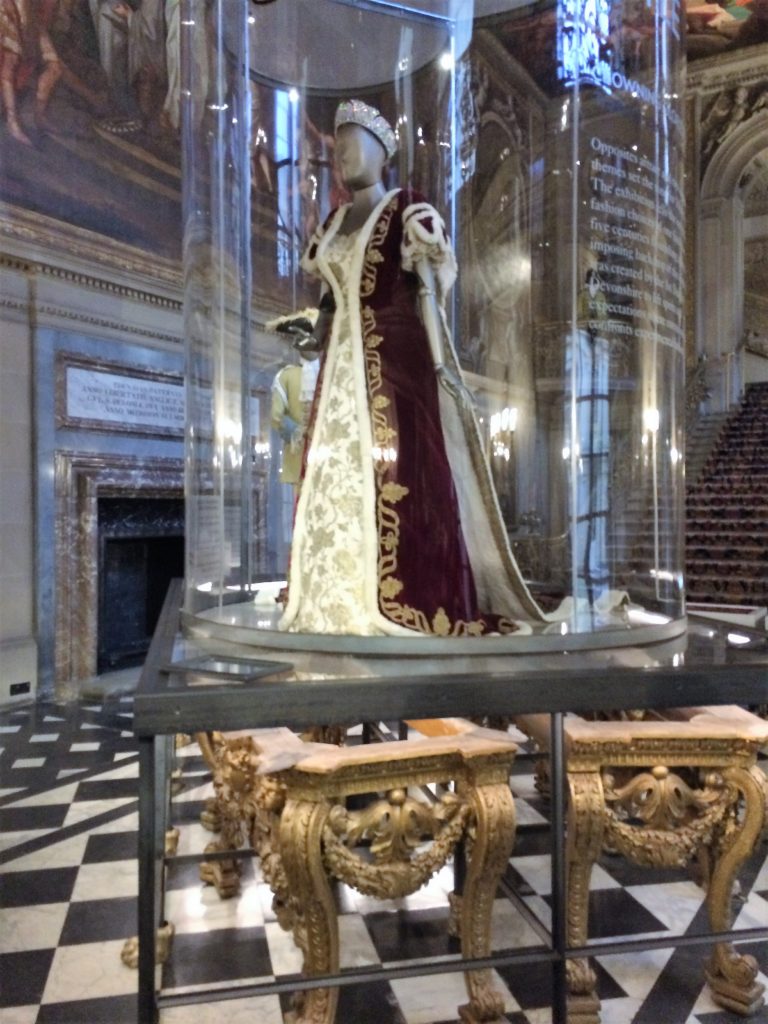
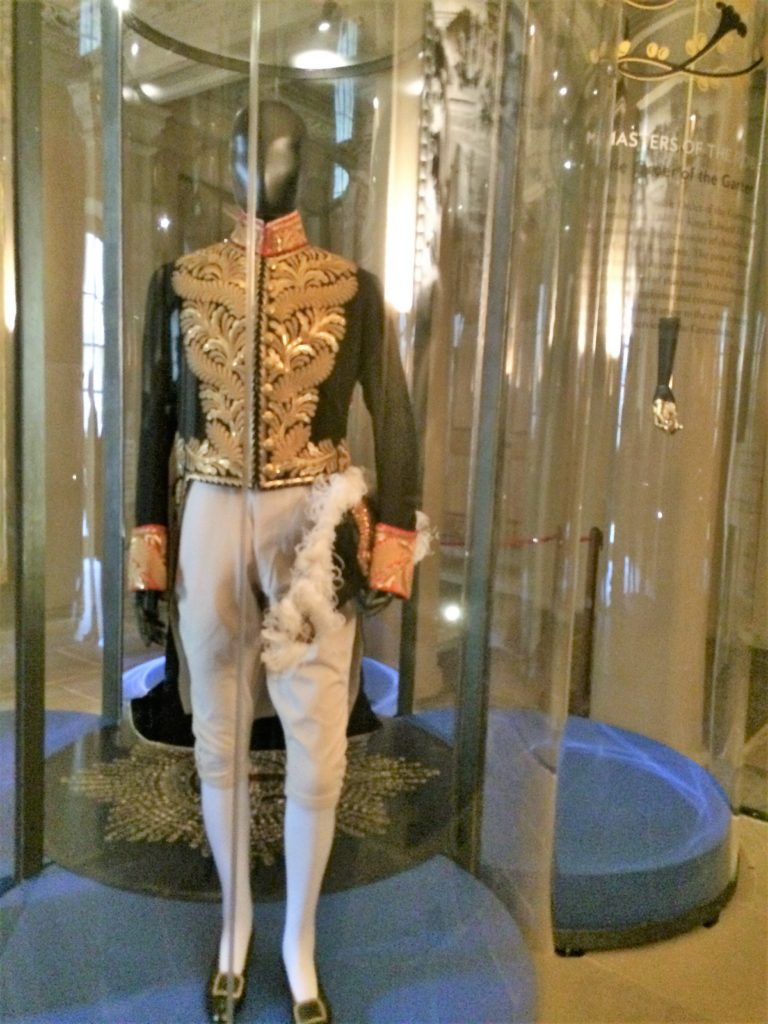
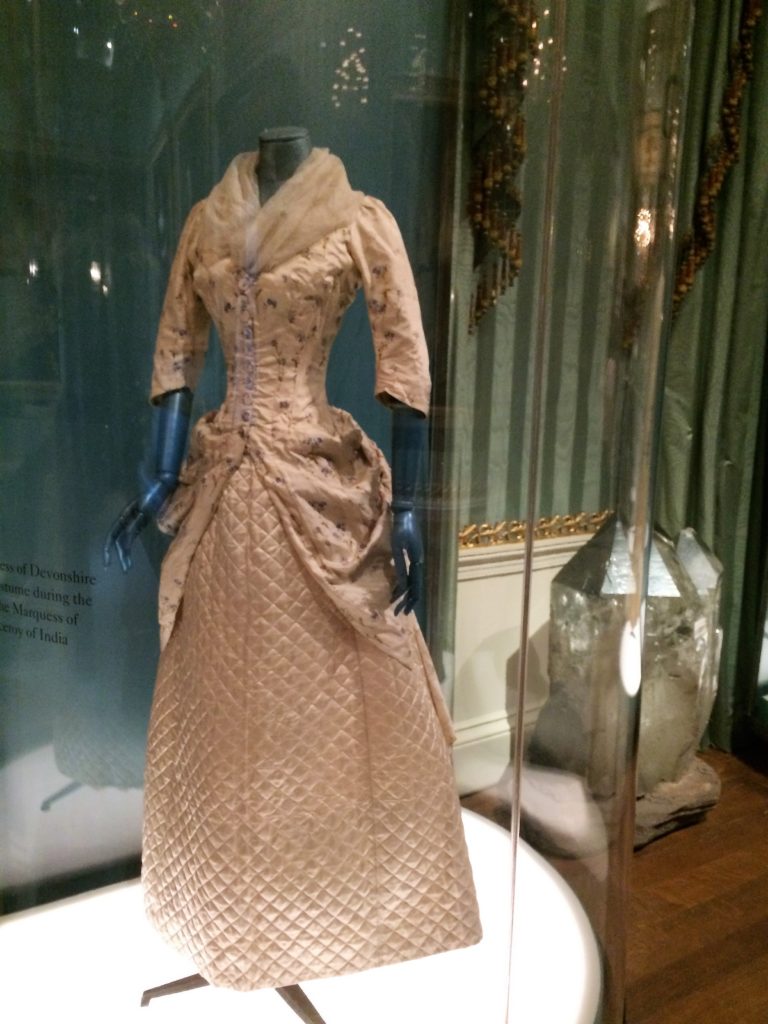
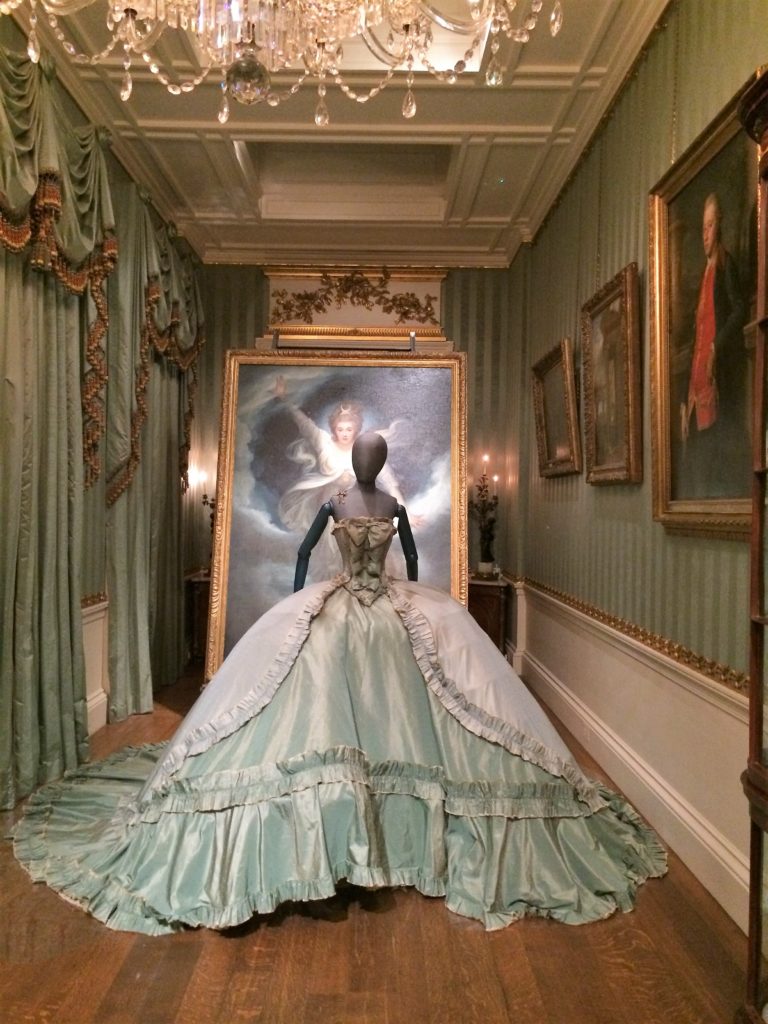
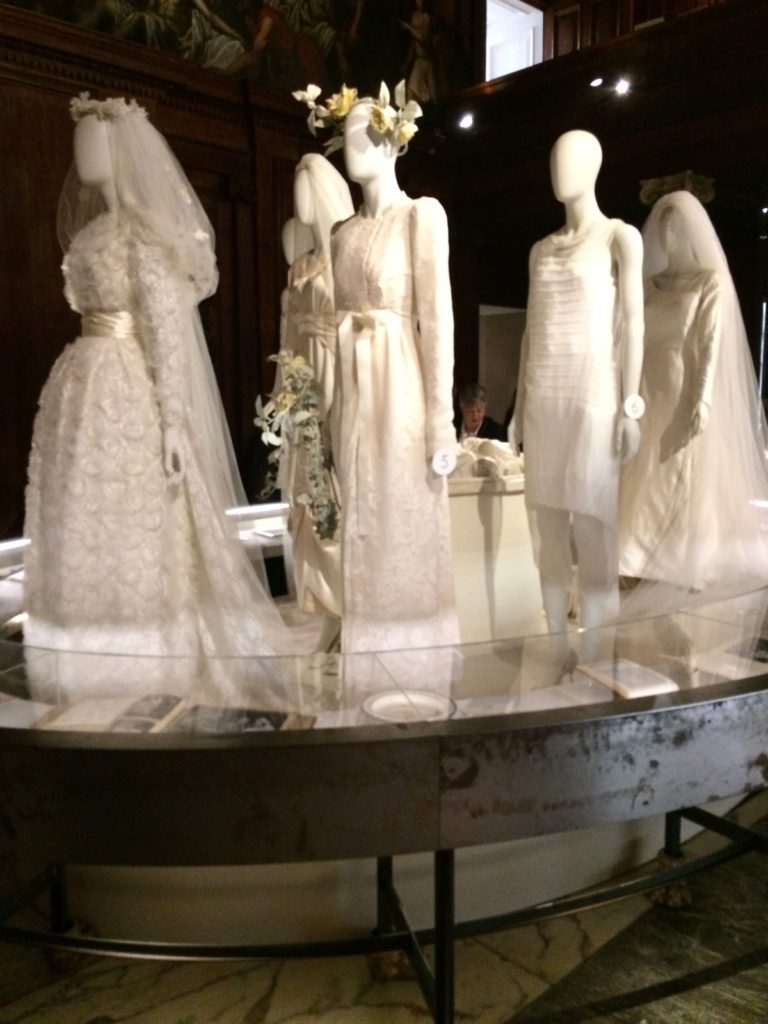
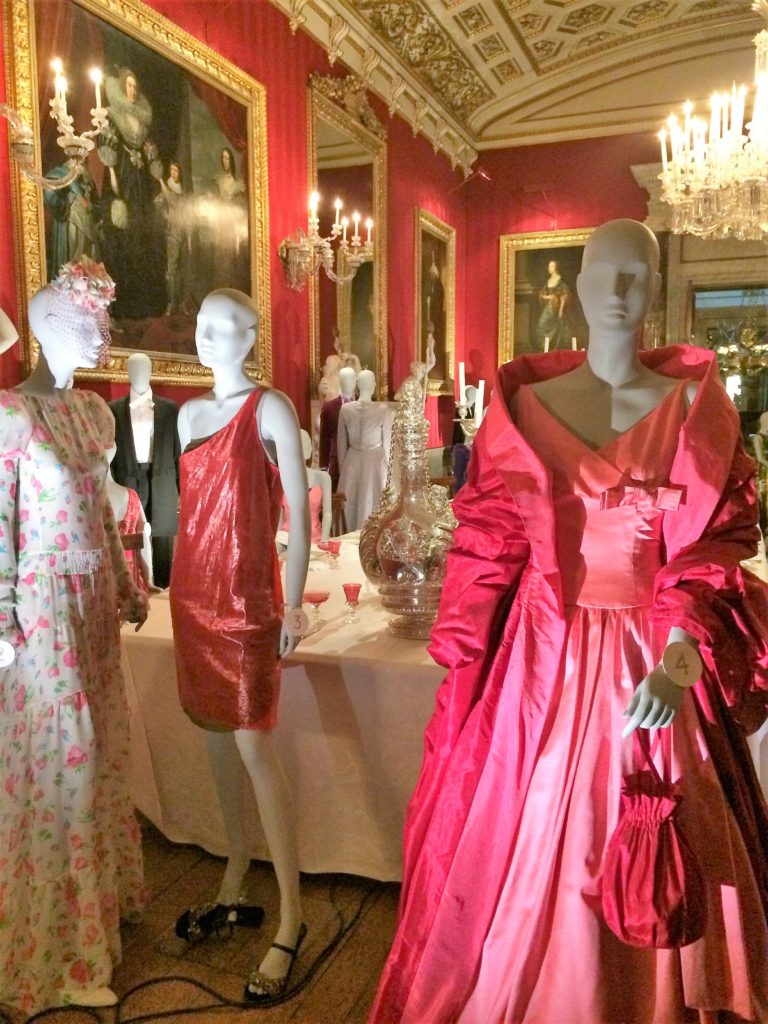
Many other treasures are permanently on display at Chatsworth, not to mention the art, gardens, restaurants and shops which delighted us.
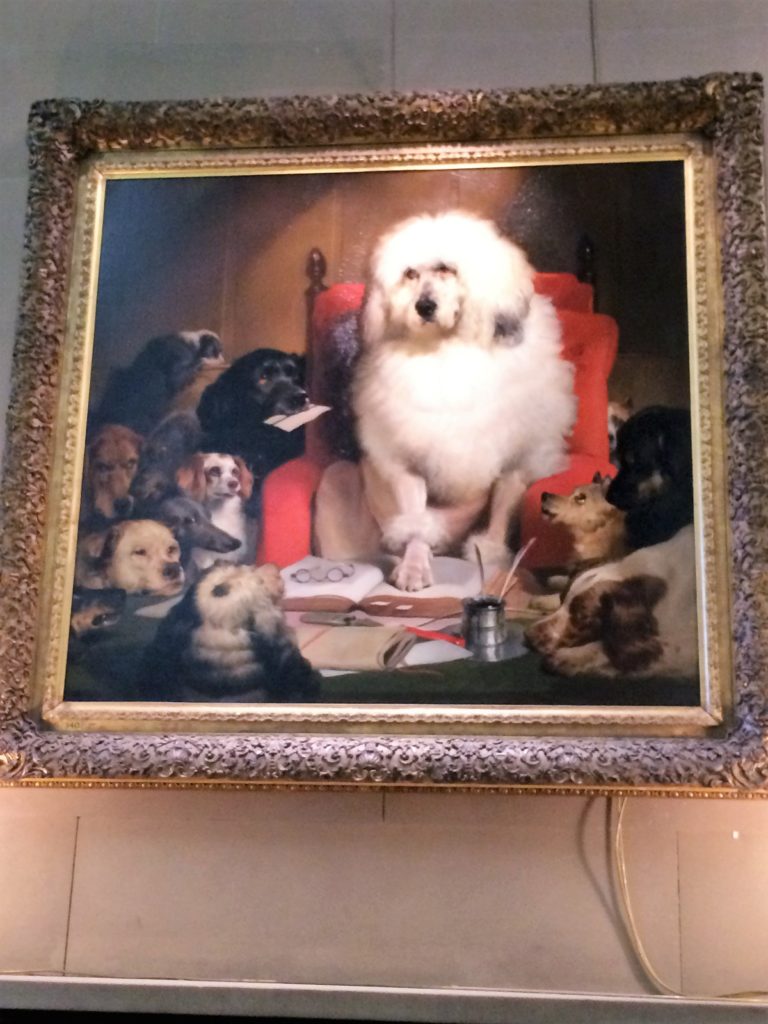
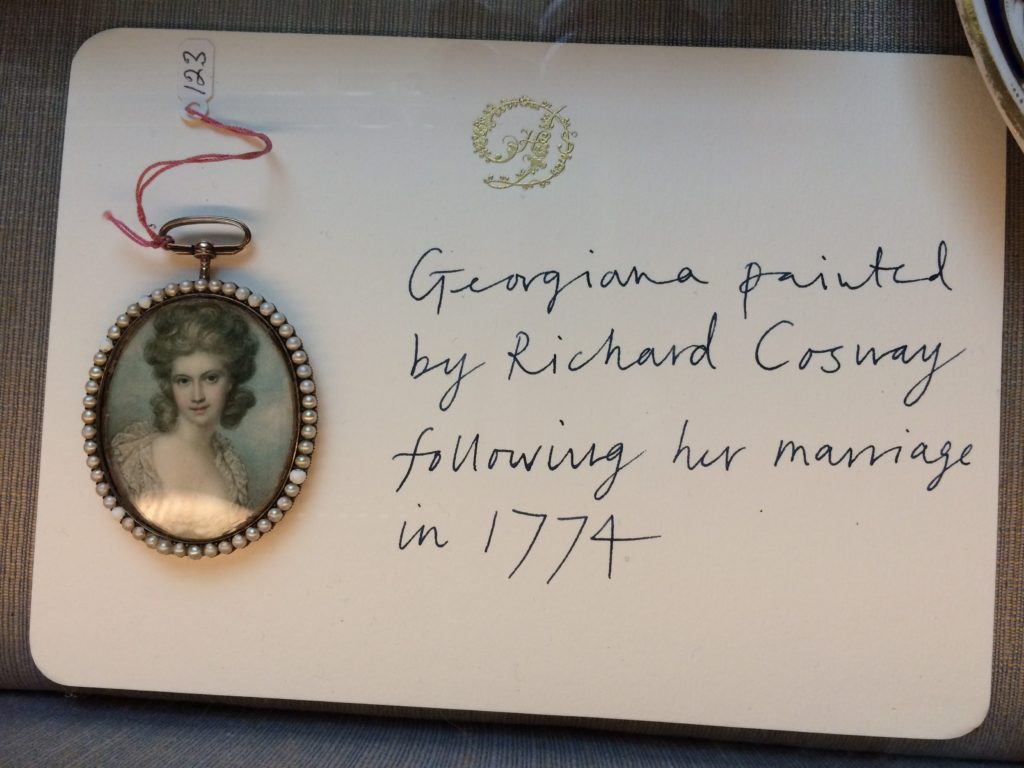
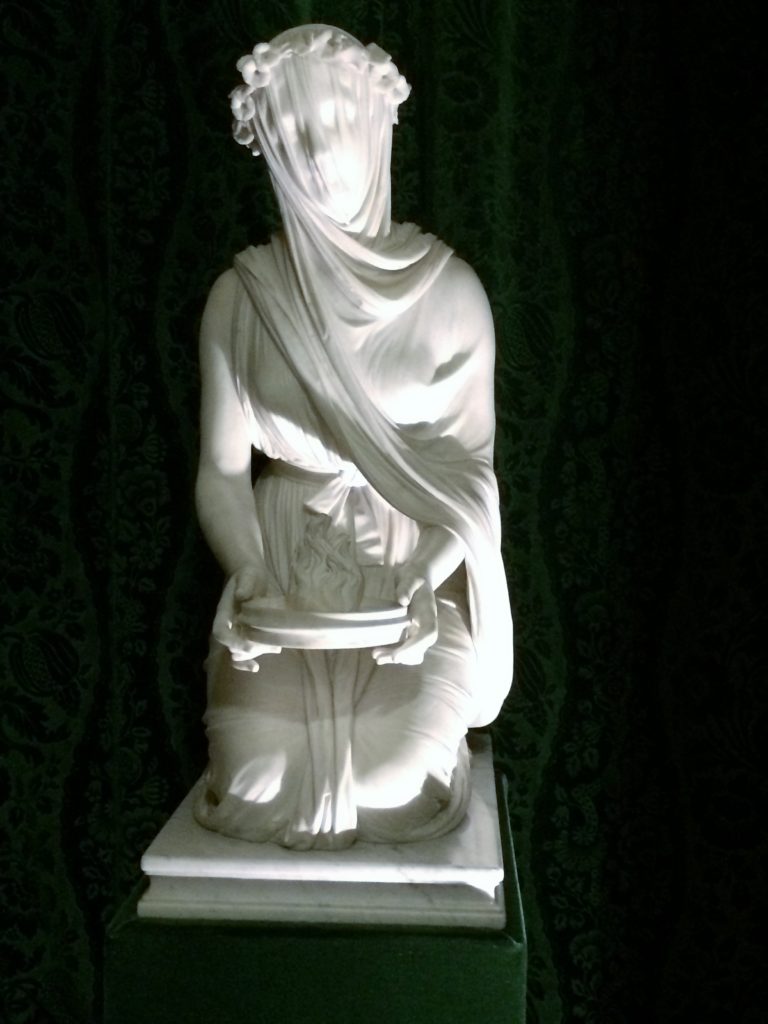
The Cavendish family and Dukes of Devonshire descended from the marvelous Elizabethan lady known as Bess of Hardwick. At age 70, after surviving four husbands (Cavendish was #2), and assisting her fourth husband, the Earl of Shrewsbery, in holding Mary Queen of Scots under house arrest for many years, Bess built herself one of the finest “prodigy” houses of the age.
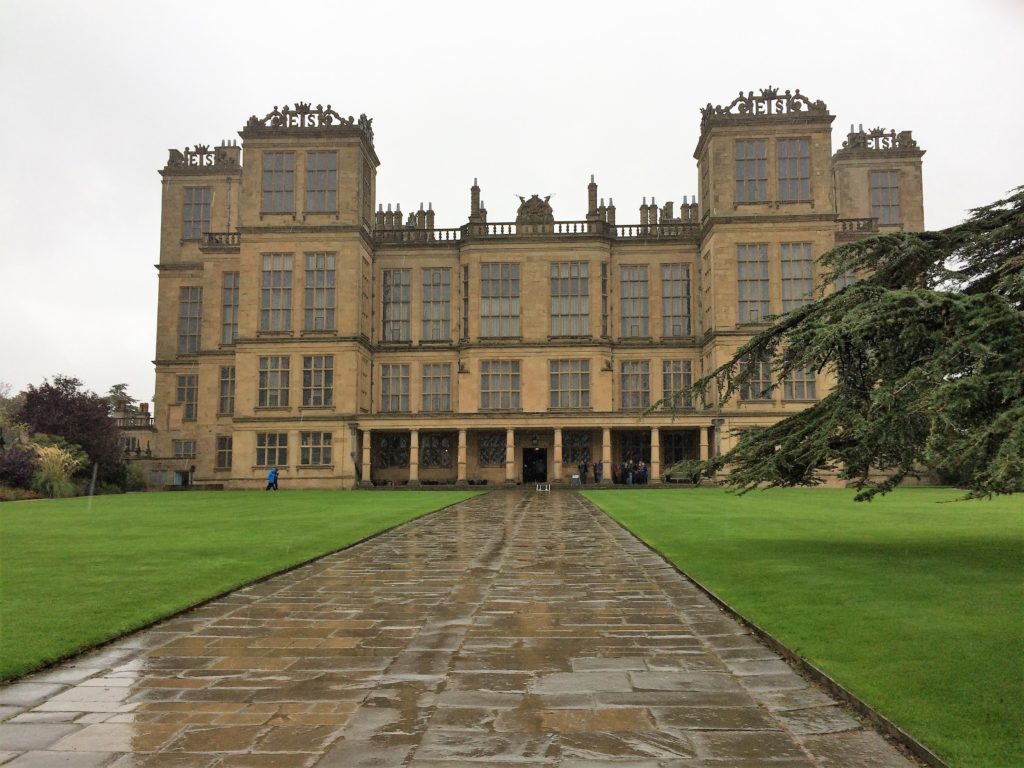
Architect Robert Smythson designed Hardwick, one of England’s earliest structures in the Renaissance style. Bess chose the sight on a high hill next to the Old Hall, which is partially in ruins today.
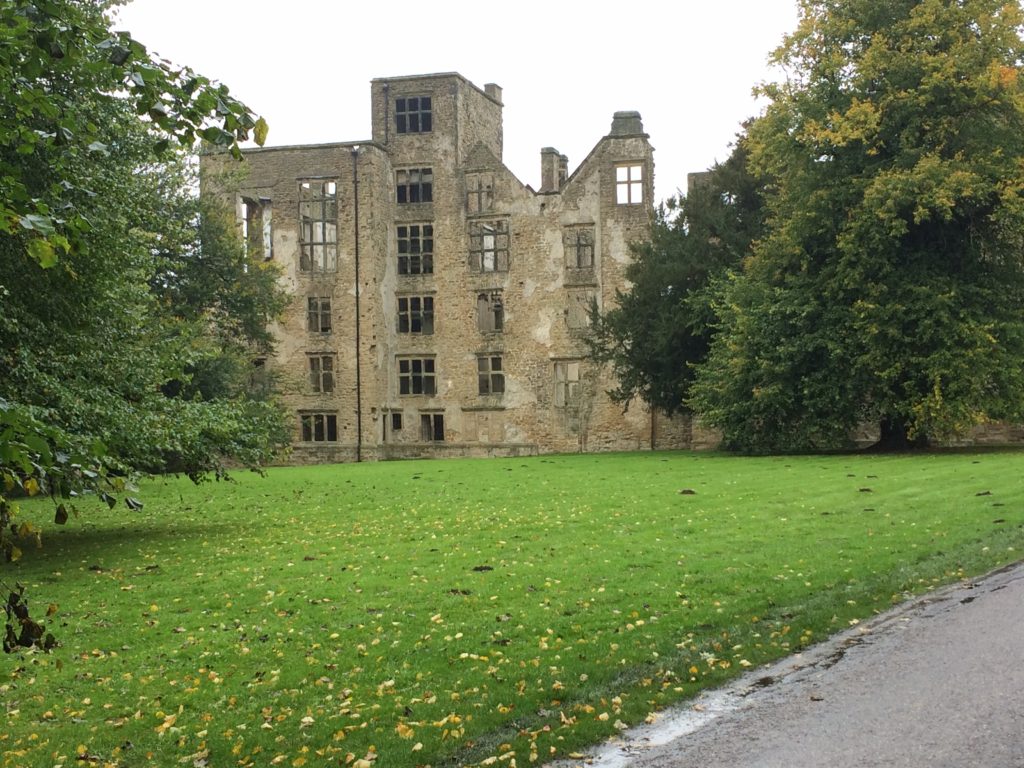
Huge windows bring light into the rooms, astonishing her contemporaries. Despite her age of 70 years, Bess lived here for about ten years, dying in 1608. The property was left to her son William Cavendish, 2nd Earl of Devonshire. Among the treasures in the house are fine portraits and excellent tapestries, shown under reduced illumination for their protection.
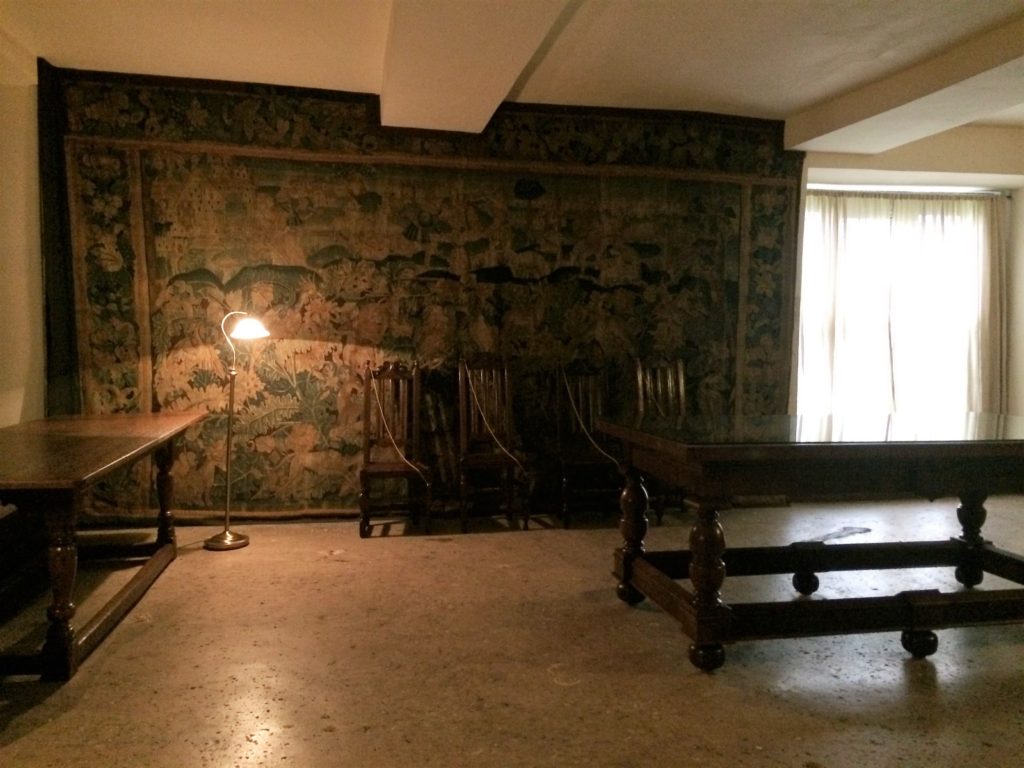
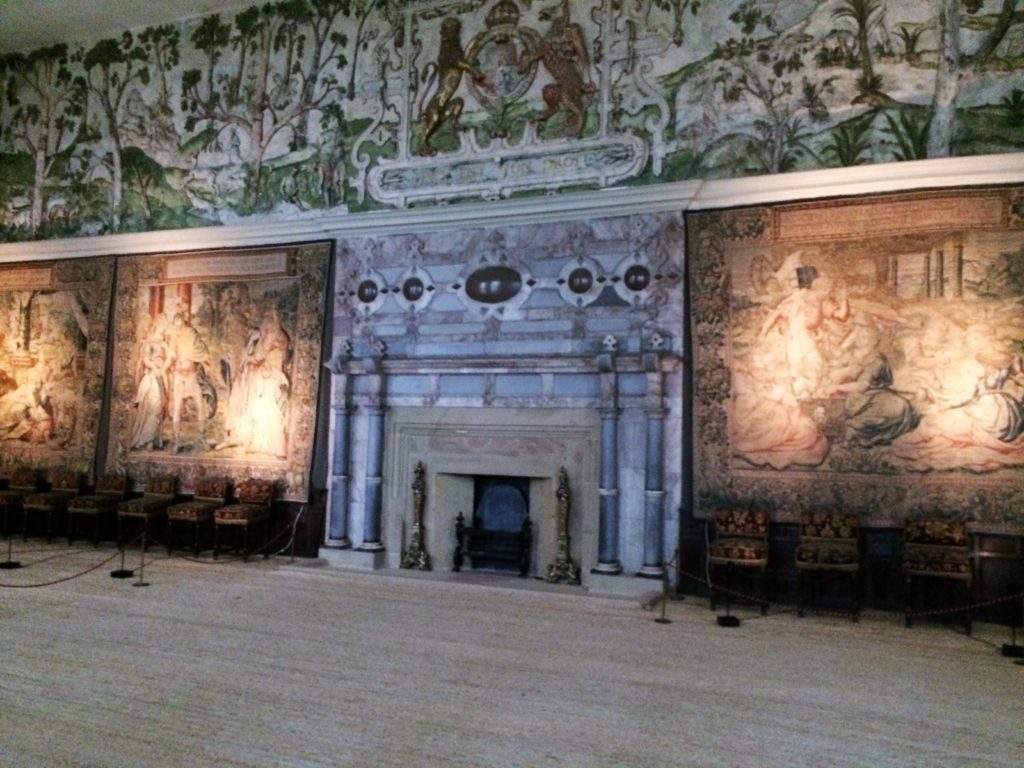
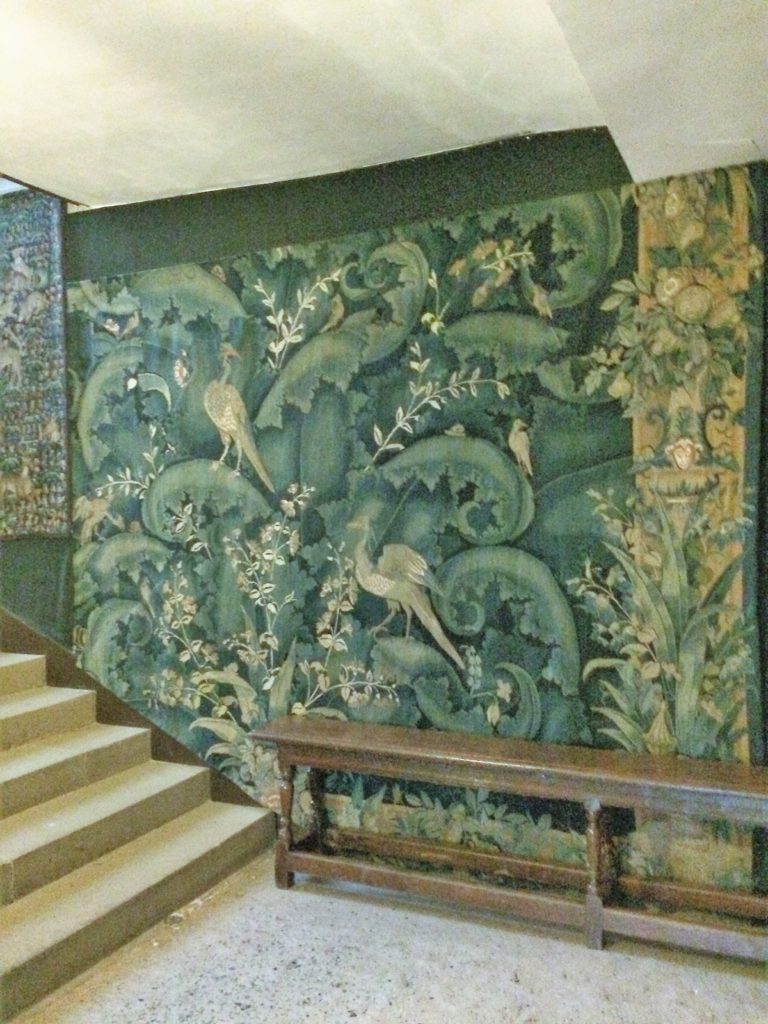
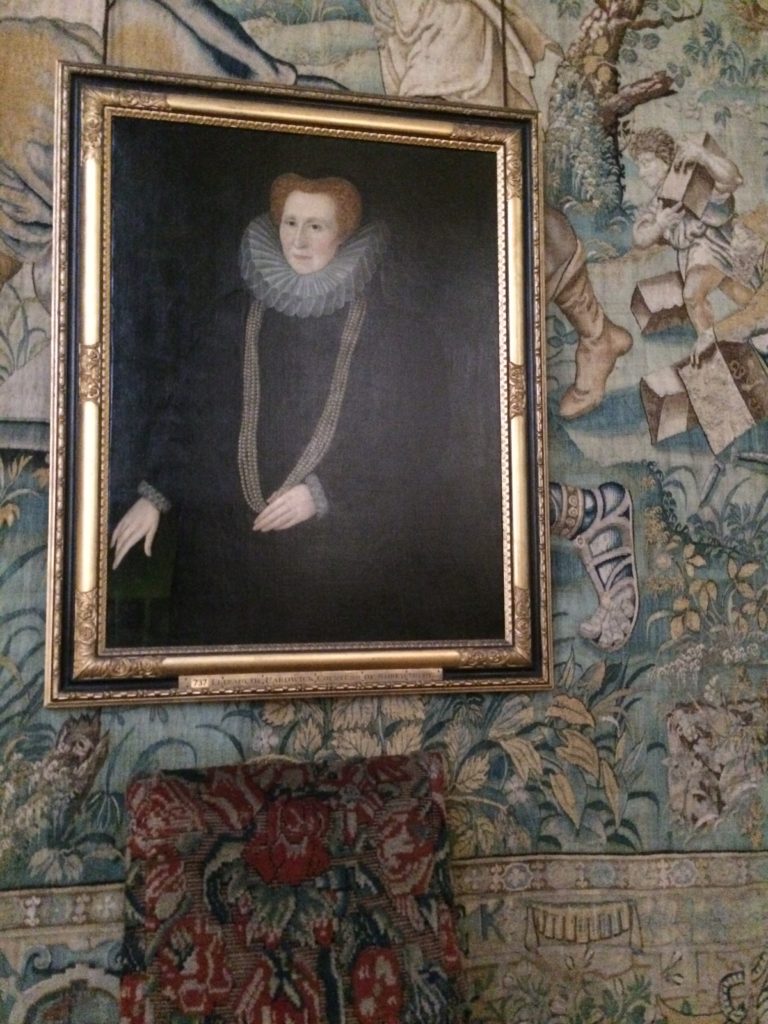
We made a quick stop at the ruins of Sutton Scarsdale, a fine Georgian mansion now roofless and in ruins, in order to appreciate the state in which some houses are in when they are handed over to the National Trust, English Heritage or a civic or government body. Built in 1727, the house contents were auctioned in 1919.
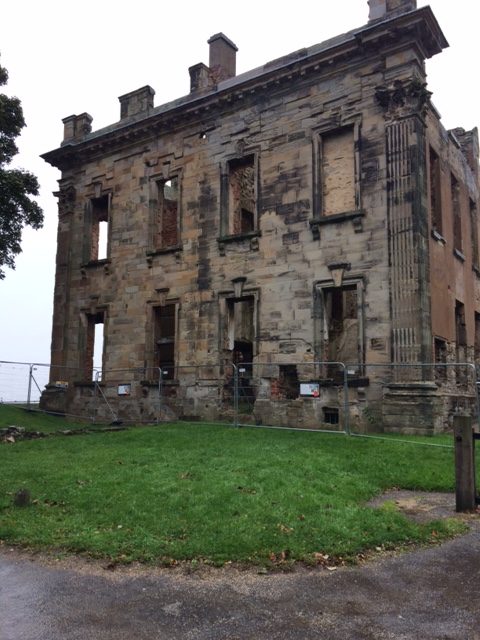
The estate is owned by English Heritage, which is in the process of conserving some of the remaining plasterwork and other features. It is a sad reminder that houses such as these may be lost forever unless they are funded and maintained by governments or heritage organizations.

Though the whereabouts of most of the contents are are unknown, at least one room has been recreated and adapted at the Philadelphia Museum of Art, probably a reception room from the ground floor.
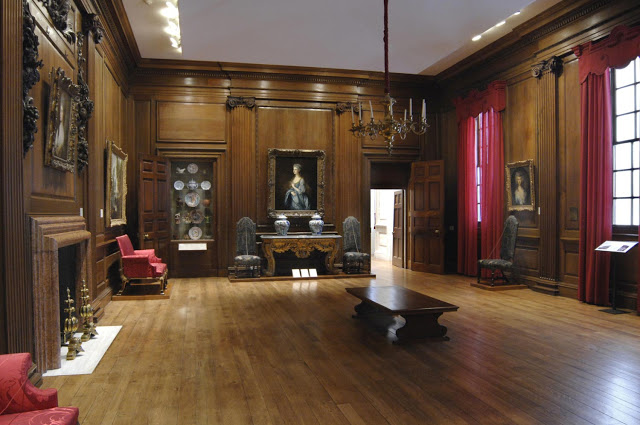
Our final day with Number One London Tours in 2017 was spent at Tatton Hall, another Georgian house, this time carefully cared for. I neglected to get around to the front for a photo, but here is an excellent replacement.
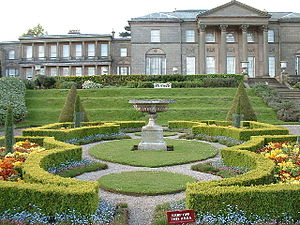

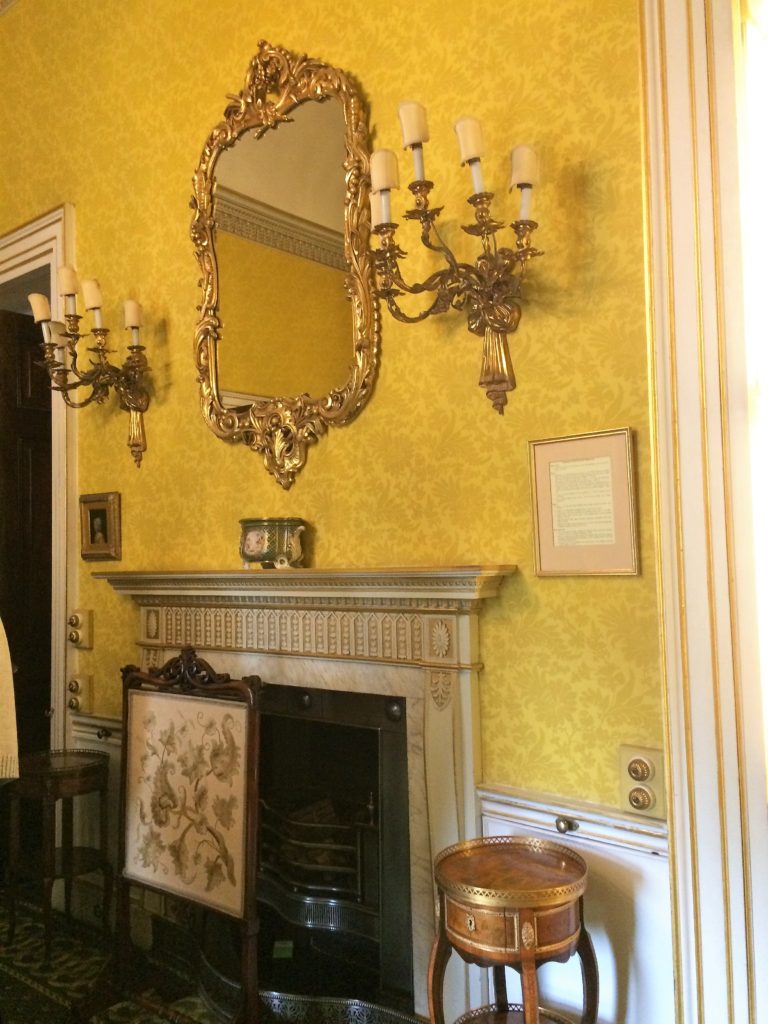
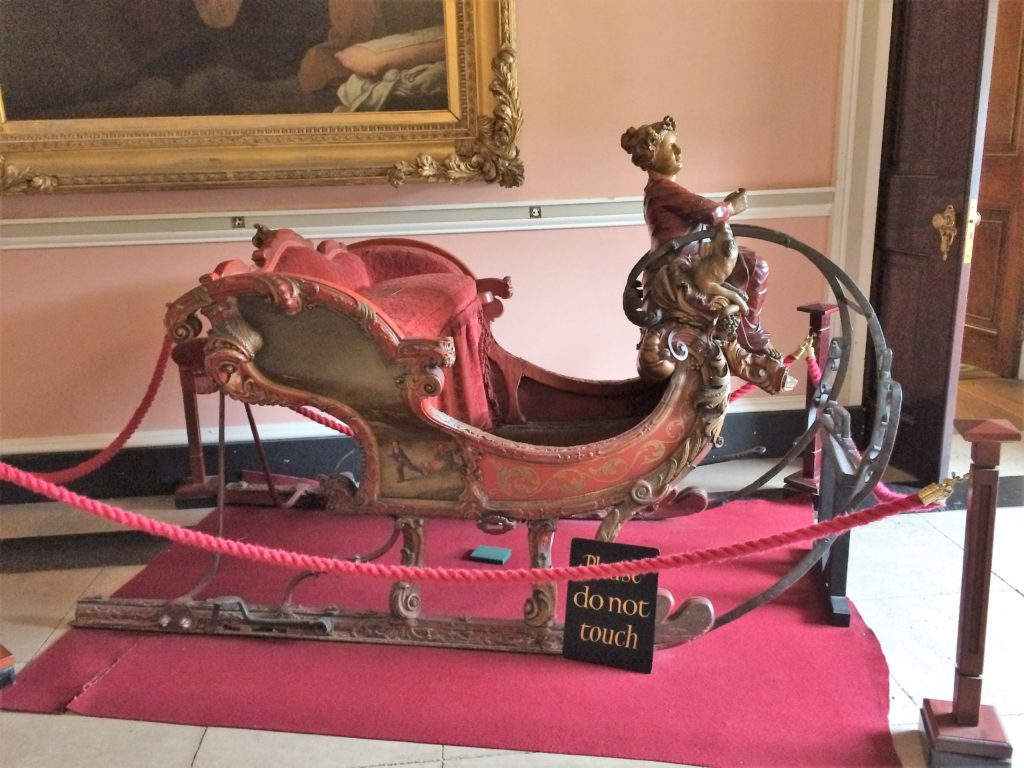
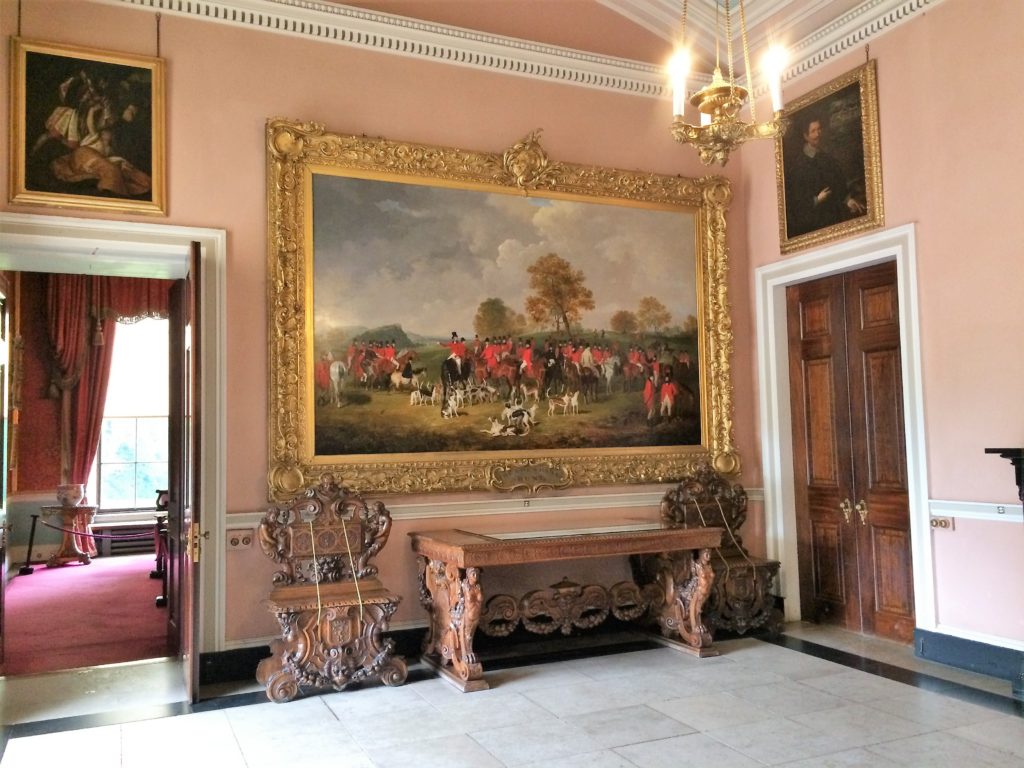
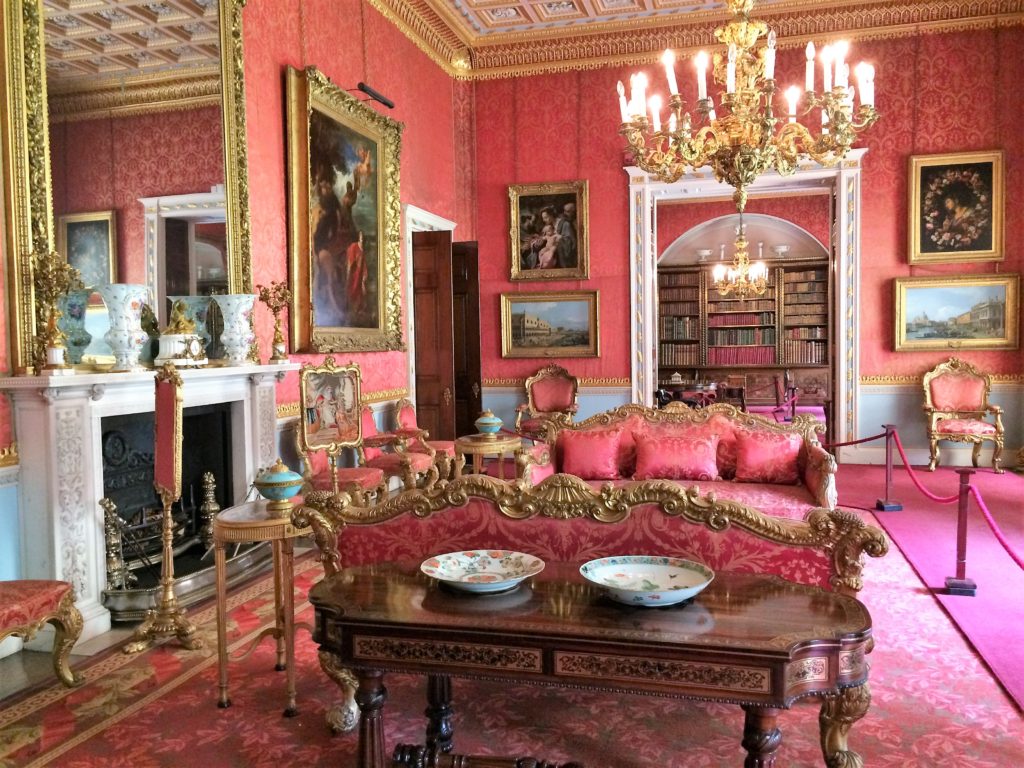
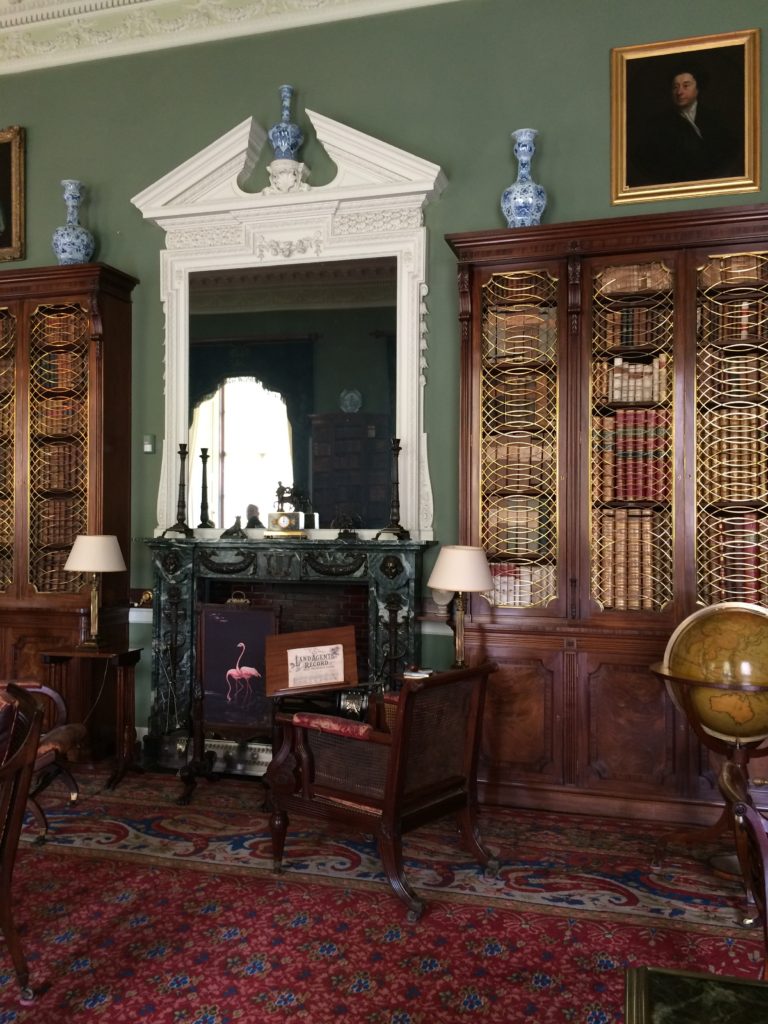
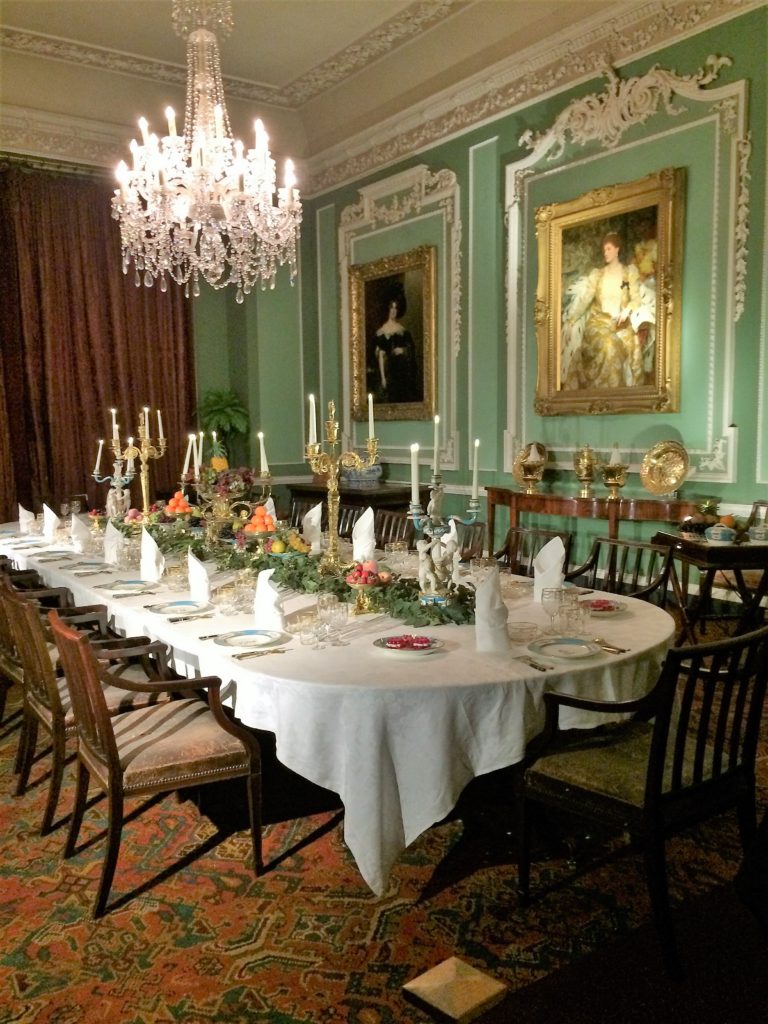
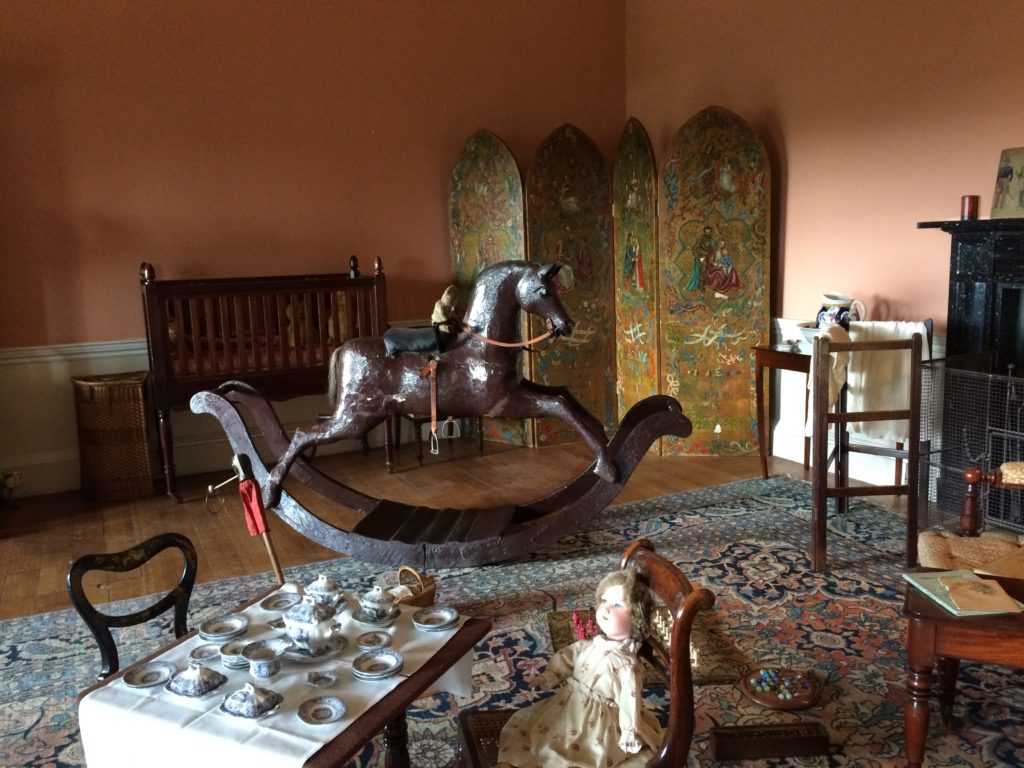
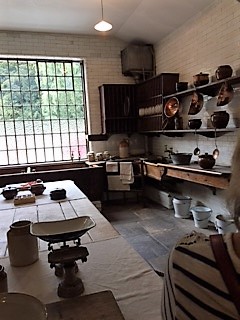
We ended our visit with tea at the Gardener’s Cottage, sad that our visit was almost at an end, but already looking forward to our next Number One London Tour.
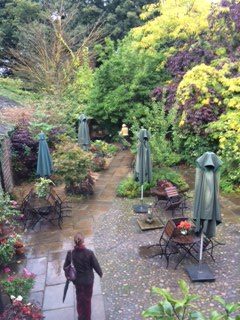
Find details regarding Number One London’s 2019 Country House Tour here.

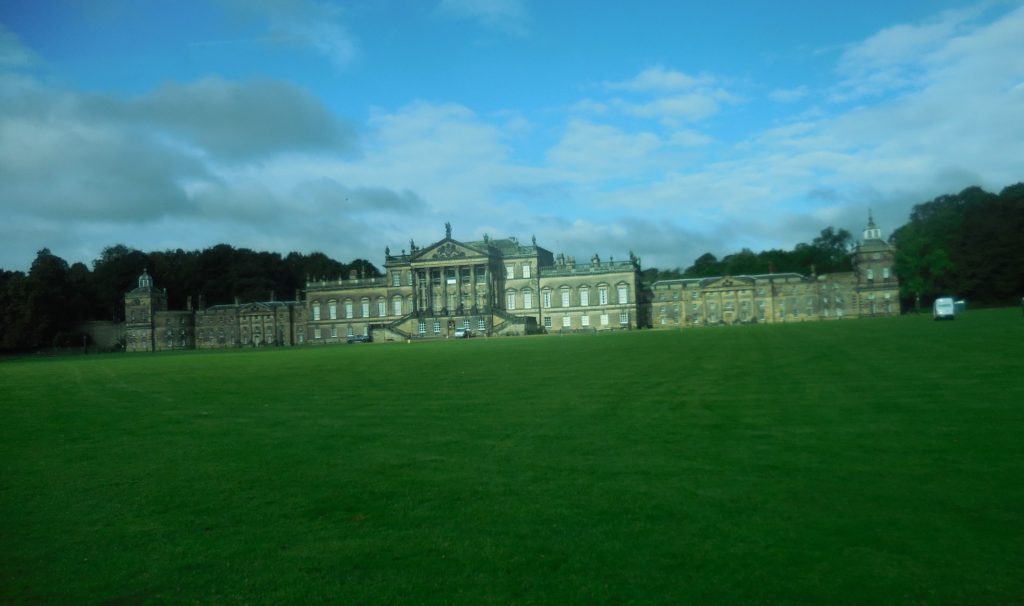


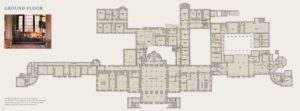
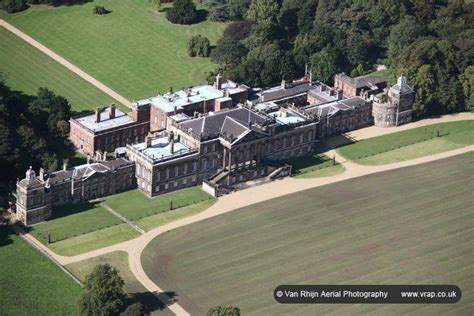
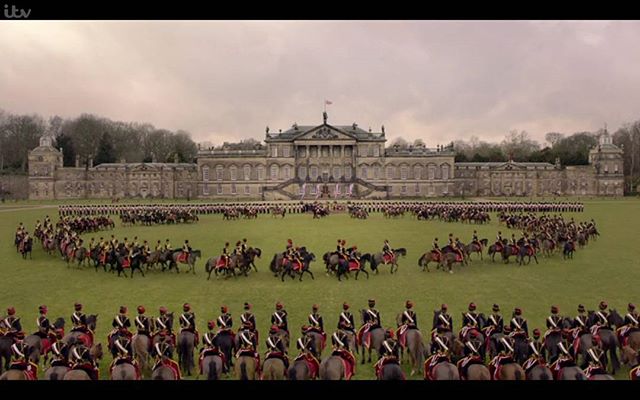
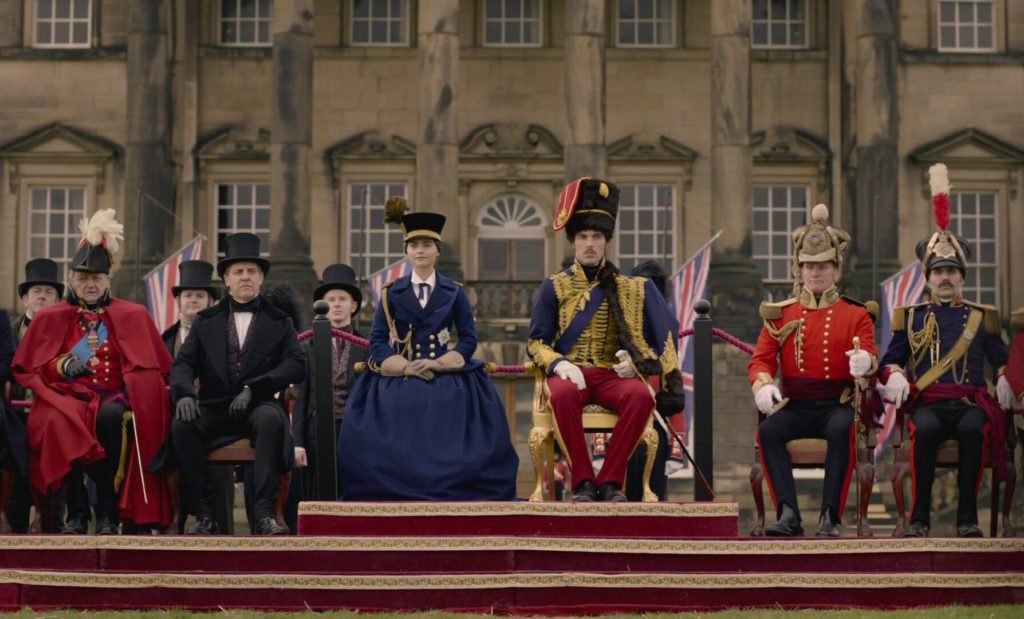 I will relate the full story of WW soon, and a long complicated tale it is. For the time being, just know that touring it was fascinating. Recently, the estate has been acquired by a Preservation Trust after many years as a school and then standing empty and abandoned for some time. Fortunately, the Trust will preserve and restore the house and the gardens.
I will relate the full story of WW soon, and a long complicated tale it is. For the time being, just know that touring it was fascinating. Recently, the estate has been acquired by a Preservation Trust after many years as a school and then standing empty and abandoned for some time. Fortunately, the Trust will preserve and restore the house and the gardens.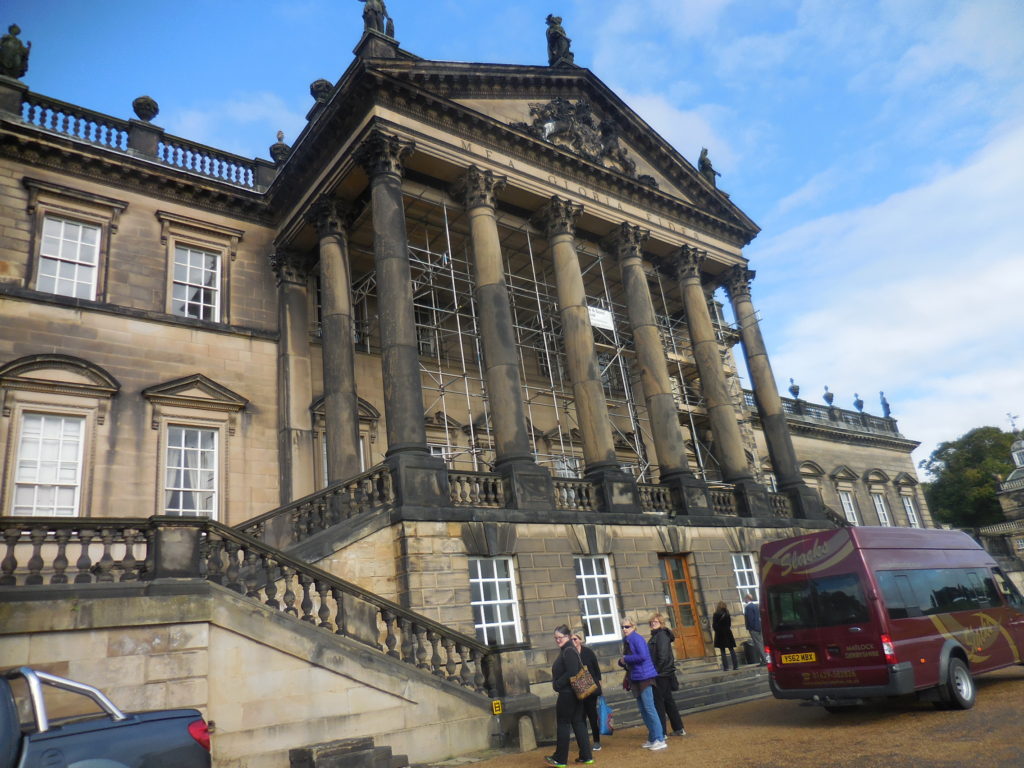
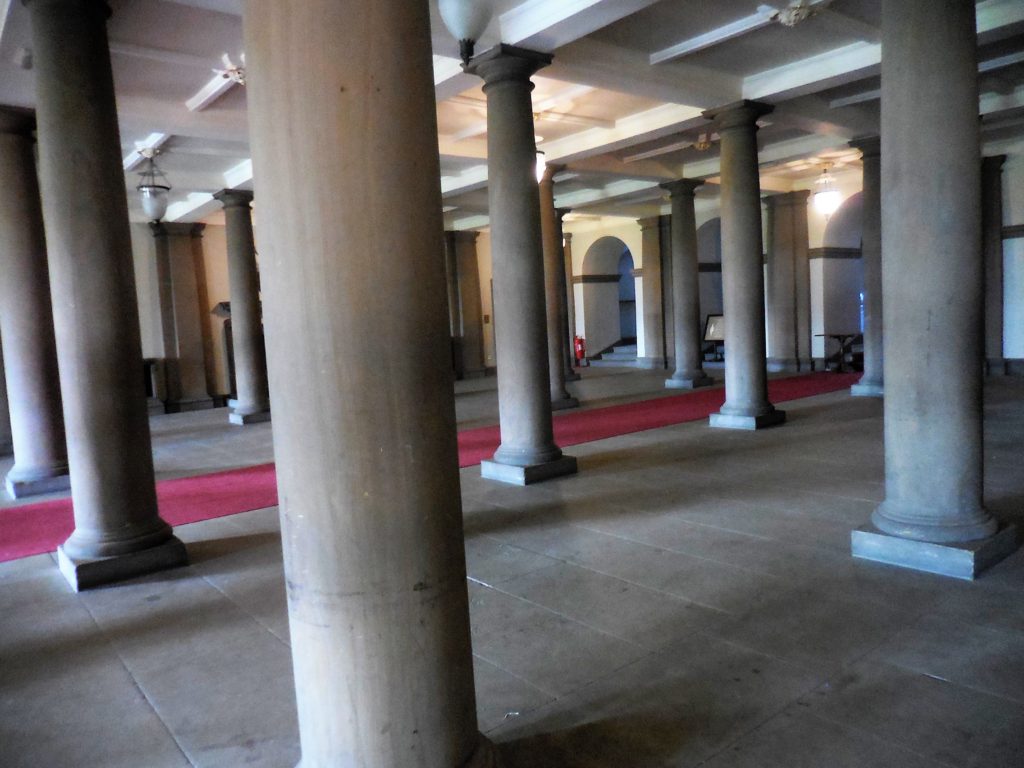 And a noble staircase leading to the Piano Nobile, that is, the State Rooms.
And a noble staircase leading to the Piano Nobile, that is, the State Rooms.